Breathing easier

Healthworker engaged in critical care around the country gain confidence in operating, maintaining and repairing oxygen equipment under UNICEF-BEFON partnership
Dhanusha, Nepal: Sandhya Das stands amidst a group of her fellow healthworkers, eyes trained on the ventilator placed in front of them. They are all gathered in a corner of the Intensive Care Unit at the Madhesh Institute of Health Sciences in Dhanusha District in southern Nepal, taking part in a practical session on operating and maintaining critical oxygen equipment.
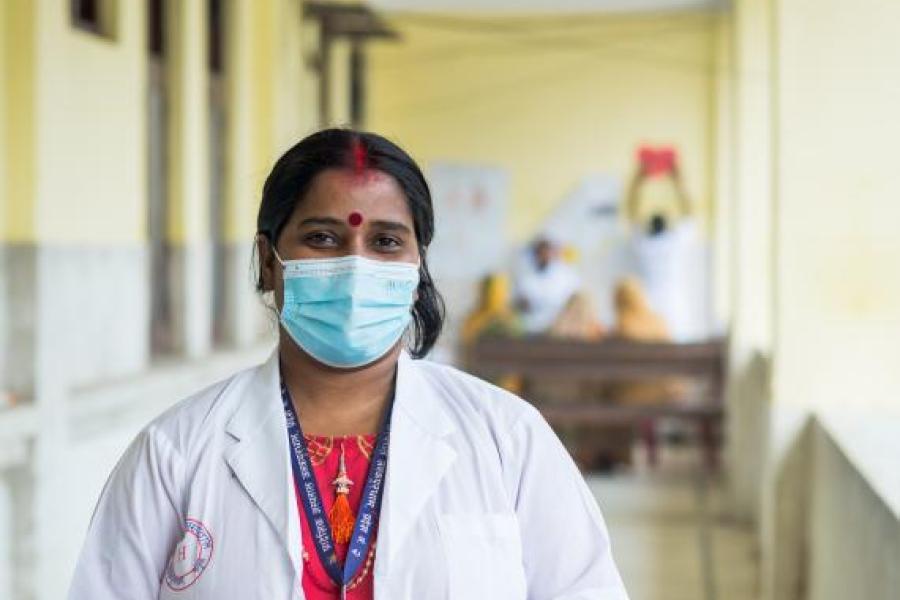
Sandhya has long been working at the hospital, and currently serves as the matron here. “You could say I’ve seen it all,” she says. “The good times and the bad.”
Earlier this year – when the country was hit by the devastating second wave of COVID-19 – was very possibly the worst of them all, she says.
The healthworker talks about how overwhelmed the hospital had become in a short period of time with patient after patient coming in with severe symptoms.
“Our wards were packed, our staff were overworked, and it was just a terrible, terrible period.”
One of the biggest challenges during this time for most health facilities in Nepal, including this one, was in managing oxygen for critically-ill patients. And the problem was two-fold, according to Sandhya.
“On one hand, we were struggling with shortage of oxygen supplies. But even with the equipment that we did have, they would break down because they were so overused and we had to bring in technicians from outside to repair them, which took a lot of time.”
It was in recognizing these challenges that UNICEF – with funding support from the Bill & Melinda Gates Foundation – had delivered 200 oxygen concentrators to the Government of Nepal to be distributed to health facilities around the country. In addition, it was also thanks to the Gates Foundation funding that UNICEF was able to engage the Biomedical Engineering Foundation of Nepal or BEFON to orient and train healthworkers like Sandhya in the effective use and care of oxygen equipment
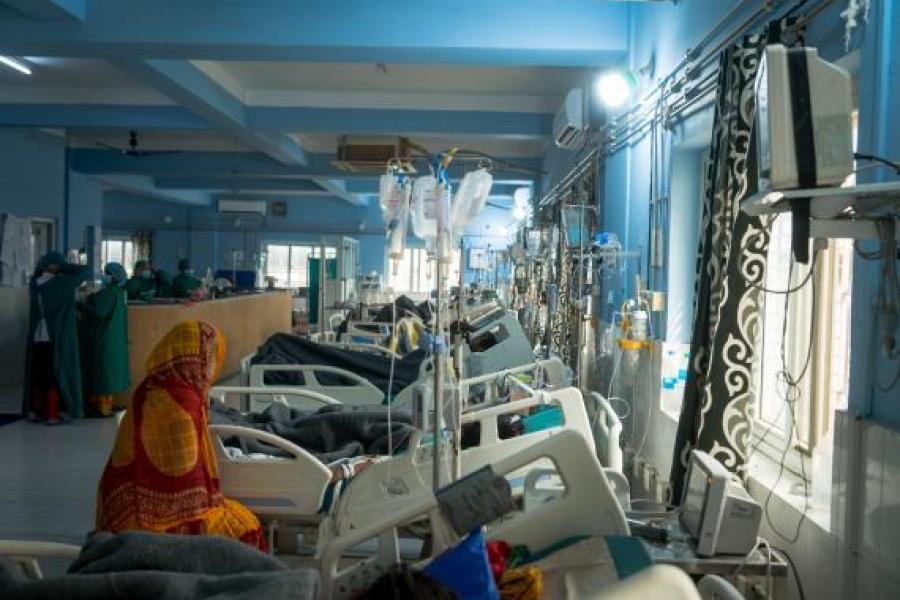
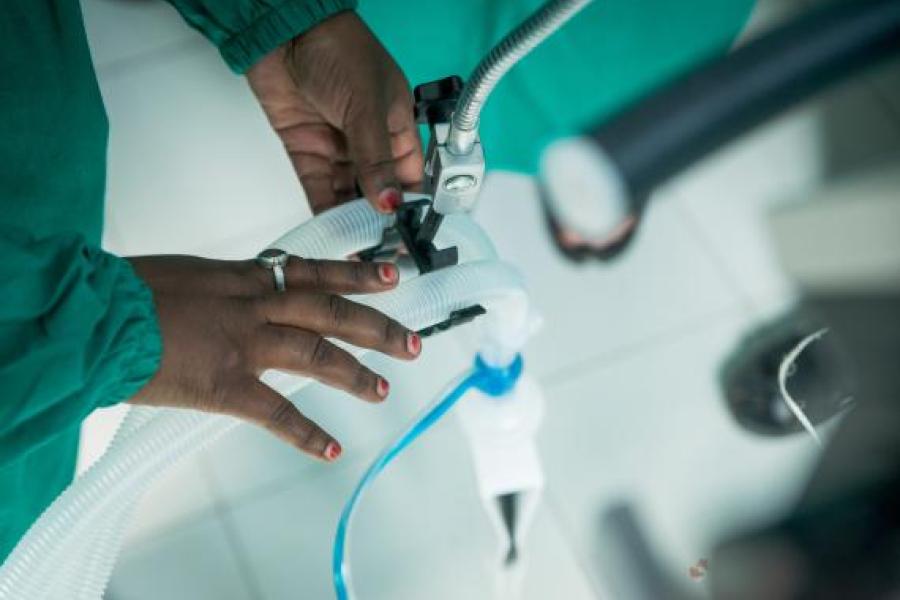
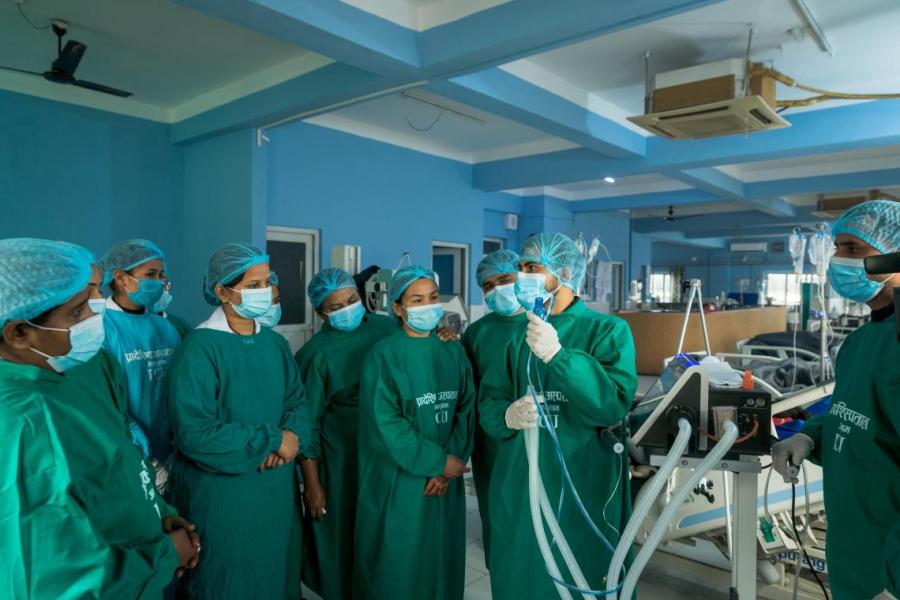
Since the UNICEF-BEFON partnership began in mid-June 2021, such trainings have been held in 16 key COVID-treatment hospitals around the country, reaching over 120 healthworkers. The trainings cover everything from basic circuit set-up to preventive maintenance, to tips on prolonging the life-span of the machines, as well as avoiding wastage of oxygen.
“Machines are all about gaining familiarity through regular use,” says engineer Suraj Sharma, one of the trainers from BEFON.
“This is why we have also been doing follow up sessions at all the hospitals, to make sure that the staff keep practicing.”
At present, the BEFON team is conducting their third round of follow up sessions at targeted hospitals.
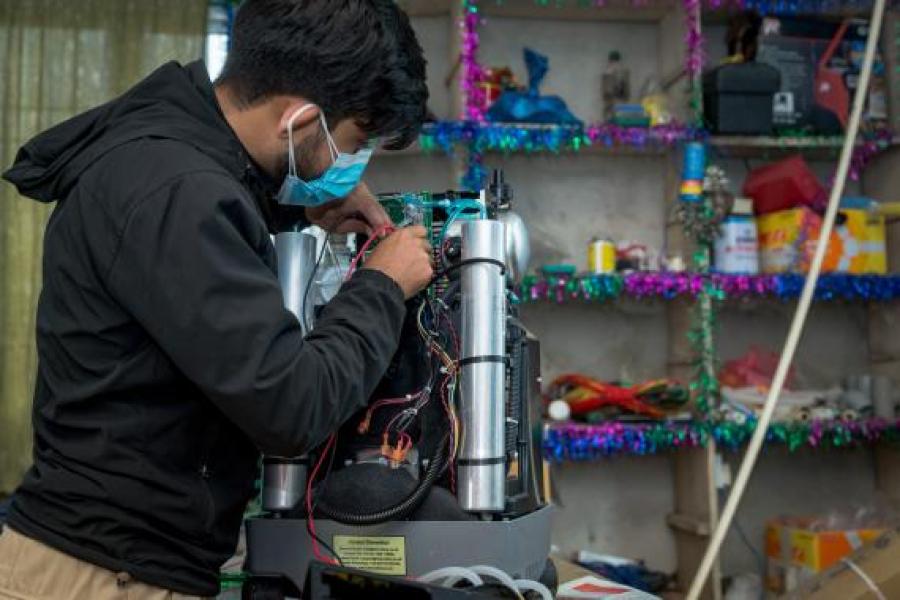
Describing how this partnership with BEFON had come about, UNICEF Health Officer Lata Bajracharya explains that during the second wave, healthworkers at the Narayani Hospital in nearby Parsa District had made an urgent request for maintenance support. Several of their concentrators and ventilators, which were crucial in treating COVID-19 patients, needed immediate repairs. In response, UNICEF had connected the health facility to BEFON engineers, who had rushed in and made the fixes.
“That incident was what sparked the partnership and the trainings,” Lata says. “It made it clear that it is not enough just to have equipment…. healthworkers also need some basic technical skills on using, maintaining and repairing – developing that capacity in-house can save time and save lives.”
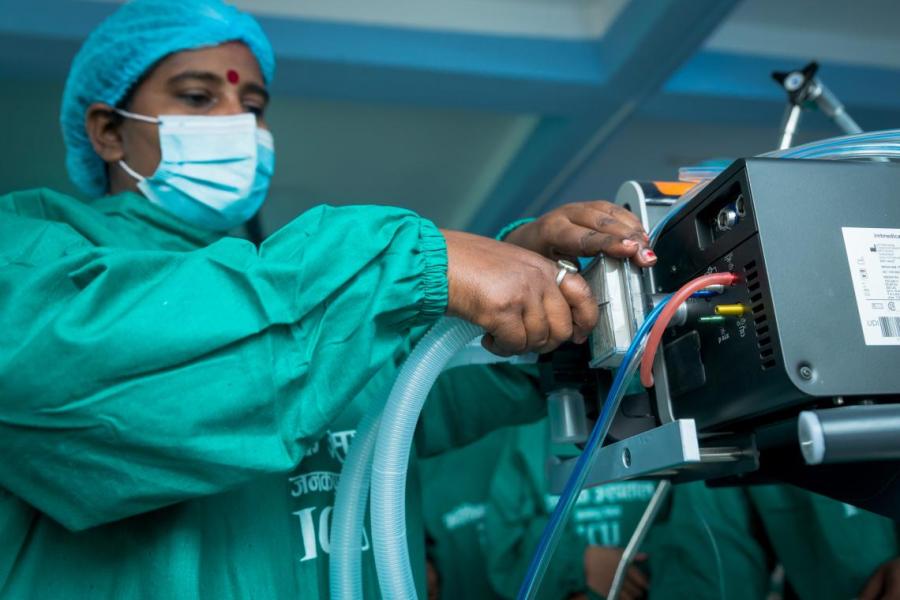
For Sandhya, she says she feels more confident in her own and her team’s abilities now.
“The trainings have been a great support for us,” she says. “Of course, we are focused on COVID-19 right now, but we feel that we will be able to provide improved critical care to patients well beyond the current crisis.”


